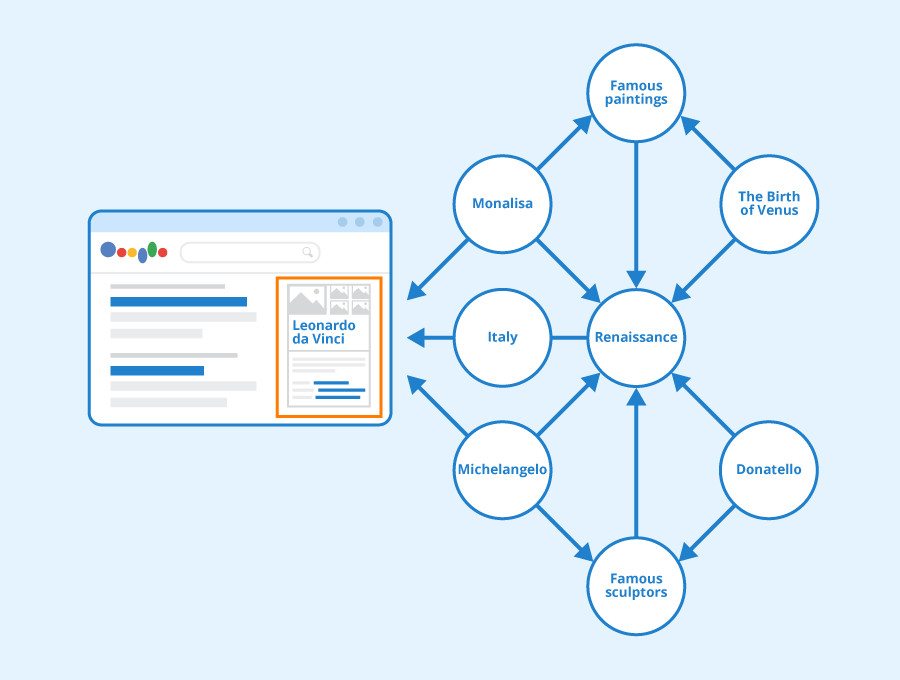
How Much Time Does It Take to See SEO Results?
In the world of digital marketing, one of the most frequently asked questions is, “How long will it take for my SEO efforts to show results?” This question, while simple, has a multifaceted answer. SEO (Search Engine Optimization) is not a one-size-fits-all approach, and the timeline for results can vary significantly depending on several factors. Let’s explore the various aspects that determine how quickly (or slowly) SEO efforts yield measurable outcomes.
Understanding SEO: A Long-Term Strategy
SEO is fundamentally a long-term investment. Unlike paid advertising, which can produce immediate visibility, SEO focuses on building organic traffic through strategic efforts. This involves optimizing on-page elements, creating high-quality content, improving technical aspects of your site, and building a strong backlink profile.
However, the long-term nature of SEO doesn’t mean it should take years to see results. With the right strategies in place, noticeable improvements can often be observed within a few months, though full-scale results may take longer.
Factors That Influence SEO Timelines
1. Website Age and Authority
Older, well-established websites often see faster results because they already have a foundation of trust and authority in the eyes of search engines. Newer websites, on the other hand, have to build this trust from scratch, which can delay initial gains.
2. Competition in Your Industry
Highly competitive industries, such as finance or e-commerce, naturally take longer to show results. When your competitors have been investing in SEO for years, it requires significant effort to catch up and surpass them.
3. Keywords and Their Difficulty
The choice of keywords plays a critical role. Targeting high-competition, short-tail keywords will likely take longer to rank compared to low-competition, long-tail keywords. However, long-tail keywords often attract more specific and conversion-ready traffic.
4. Quality of Content
Content is the backbone of SEO. High-quality, well-researched, and engaging content can accelerate results. Regularly publishing valuable content that satisfies user intent signals to search engines that your site is a trustworthy resource.
5. On-Page and Technical SEO
Proper optimization of on-page elements (title tags, meta descriptions, header tags, etc.) and addressing technical SEO issues (site speed, mobile-friendliness, crawlability) can make a big difference in how quickly your site gains traction.
6. Backlink Profile
Backlinks are a critical ranking factor. The speed at which you acquire high-quality backlinks from authoritative websites can significantly impact your timeline. However, building links naturally takes time, as it involves creating content worth linking to and building relationships within your industry.
7. Algorithm Updates
Search engines frequently update their algorithms. Staying on top of these changes and ensuring your strategies align with the latest best practices can either accelerate or delay your results.
Realistic Timelines for SEO Results
1. Initial Phase (0–3 Months)
During the first few months, much of your time will be spent on research, technical audits, and implementation. You may not see any noticeable changes in traffic or rankings during this phase.
- Tasks: Keyword research, competitor analysis, technical fixes, content strategy planning, and website optimization.
2. Growth Phase (3–6 Months)
This is when you might start to see improvements in keyword rankings and an increase in organic traffic.
- Indicators: Long-tail keywords begin to rank, search engine impressions increase, and early traffic gains become visible.
3. Acceleration Phase (6–12 Months)
Between six months and a year, consistent SEO efforts should yield significant improvements in traffic, keyword rankings, and potentially conversions.
- Indicators: Mid-competition keywords rank on the first page, domain authority increases, and backlink profile strengthens.
4. Sustained Growth Phase (12+ Months)
After a year or more, a well-executed SEO strategy can lead to substantial and consistent growth.
- Indicators: High-competition keywords may rank, organic traffic becomes a significant source of leads or revenue, and your website gains authority in its niche.
How to Accelerate SEO Results
While patience is crucial, certain strategies can help expedite the process:
- Focus on Low-Hanging Fruits: Identify keywords or content with potential for quick wins and optimize them further.
- Leverage Local SEO: If applicable, optimize for local search results, as these are often less competitive.
- Improve User Experience (UX): A user-friendly site with fast loading speeds can reduce bounce rates and boost rankings.
- Consistency is Key: Regularly update and publish content to signal that your site is active and relevant.
- Monitor and Adapt: Use tools like Google Analytics and Google Search Console to track progress and refine your strategy as needed.
Common Misconceptions About SEO Timelines
- “SEO is a One-Time Effort”: SEO requires continuous optimization and adaptation to remain effective.
- “Results Should Be Immediate”: SEO is inherently gradual; immediate results often indicate unsustainable practices.
- “Rankings Are the Only Metric”: Traffic quality, conversions, and engagement metrics are equally important indicators of success.
Conclusion
SEO is a marathon, not a sprint. While it may take 6–12 months to see substantial results, the benefits of a solid SEO strategy are long-lasting and often far outweigh the investment. By understanding the factors that influence timelines and maintaining consistent efforts, businesses can achieve sustainable growth and visibility in search engines.
Ultimately, patience, persistence, and adaptability are the cornerstones of successful SEO. Remember, the timeline to success depends not just on your efforts but also on how well you align them with your goals and the competitive landscape.
